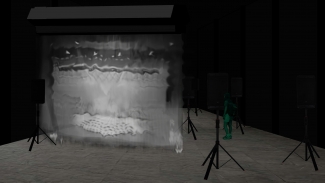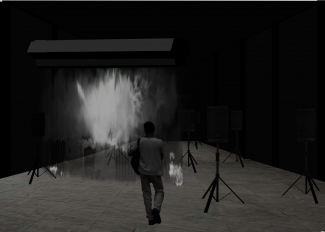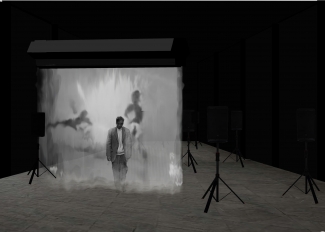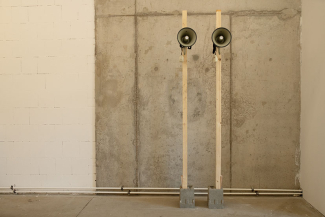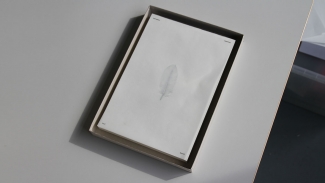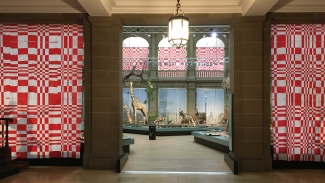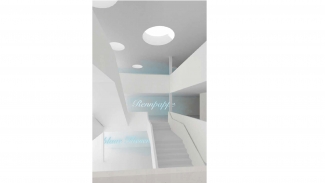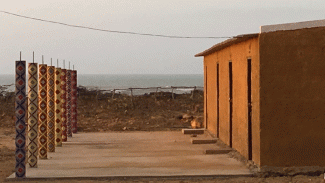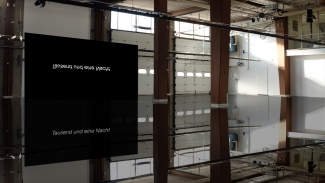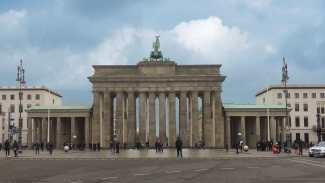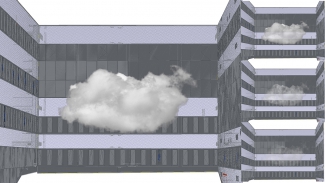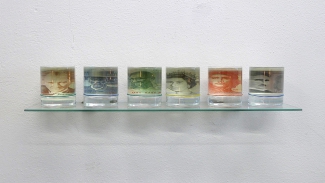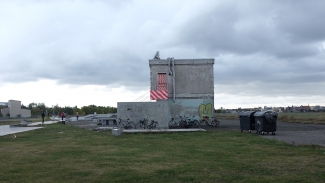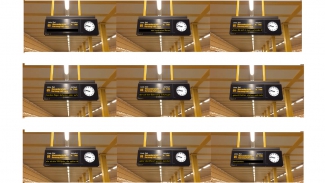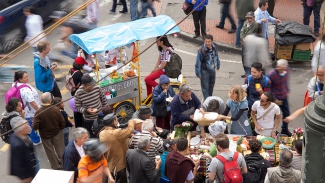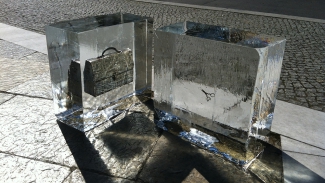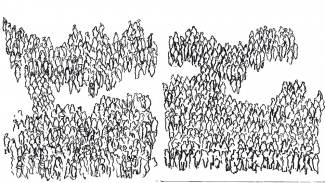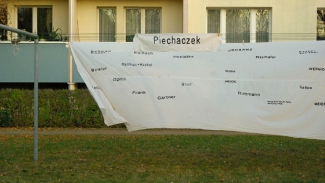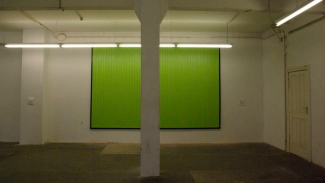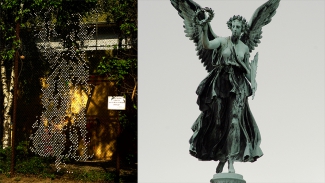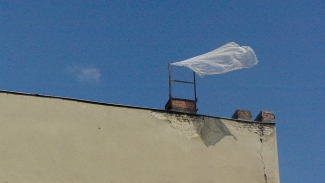Smoke Curtain
Proposal for Fragmentos Arte y Memoria
On Wednesday, November 6, 1985, at 8:30 p.m., while the Palace of Justice was burning as a result of the confrontation between the M19 and the army, Colombians were forced to watch and listen to a sports show broadcast on radio and television. The then Minister of Communications Noemí Sanín ordered the live broadcast of the match between Millonarios and Unión Magdalena. The Colombians, wanting to know how the high courts were running, had instead a listless 2 to 1.
The smoke screen deployed at that time with a soccer game to hide from the country what was happening inside the Palace, was the first in a series of state efforts to hide the truth of what happened that November 6 and 7.
The Inter-American Court of Human Rights (IACHR) issued a ruling in 2014, which demonstrated the responsibility of the government and the military forces in the arbitrary detentions, cruel and degrading treatment, mistreatment, torture, forced disappearances, as well as the extrajudicial execution of auxiliary judge Carlos Horacio Urán Rojas.
However, the acquittal in 2014 of retired colonel Alfonso Plazas Vega and the conditional liberty granted in May 2020 to retired general Jesús Arias Cabrales, who was in charge of the military operation in 1985, exposed the victims' families to further humiliation as they found neither justice nor reparation from the state for the crimes already proven.
CORTINA DE HUMO contrasts the image created to distract another image, one that is the fruit of a narrative, a voice, a sound, sometimes a forced silence. Listening to the victim, feeling empathy and respect for their history allows us to build that collective memory that will help us build a peaceful future.
